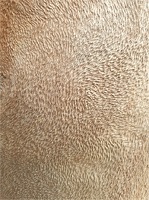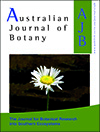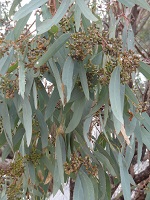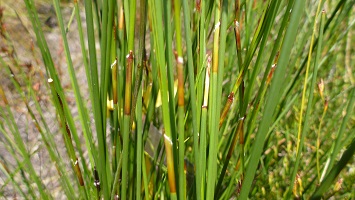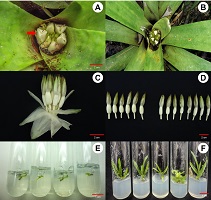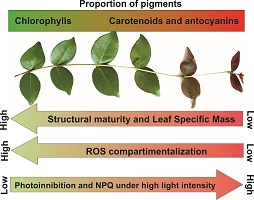Australian Journal of Botany
Volume 69
Number 4 2021
The diary of Ludwig Leichhardt provides an indigenous taxonomy for the eucalypts of south-east Queensland. The Aboriginal people who acted as his guides had a precise understanding of the eucalypt species and also their uses, for example, some ‘fusiform bodies separated by thin laminae’ on the smooth bark of Lophostemon confertus, which Leichhardt also referred to as ‘worm-barked’.
Warning: Aboriginal and Torres Strait Islander readers are advised that this article contains the names and images of deceased persons.
Black box, the iconic floodplain eucalypt unique to Australia’s Murray–Darling Basin, is affected by anthropogenic activities, yet knowledge about its environmental interactions is limited. Little is understood of its adaptation to drier conditions well away from watercourses. This study revealed similar leaf structure and nutrient distribution in both flooded trees and those that received very little water, with indication of possible species-wide salt tolerance. Insights were gained into key aspects of black box tolerance of dry and saline conditions.
Coastal ecosystems are under increasing pressure from land clearing and translocation is often a last-resort option for uncommon plants where propagation is poorly understood. This study found that the survival of translocated whole plants of the sedge Schoenus scabripes (Cyperaceae) was higher than nursery-grown plants, and that organic mulch improved the survival and health of field-established plants.
Herbivory has direct negative effects on plants, especially when it promotes a decrease in reproductive success. We investigated the reproductive ecology of Neoregelia ibitipocensis, a rare bromeliad, threatened with extinction, which is endemic to the Brazilian Atlantic Forest, whose fruit and seeds are intensely preyed upon by dipteran larvae. Our work reports for the first time this type of ecological relationship in bromeliads and highlights the potential of tissue culture to promote the conservation of endangered species.
The current study analysed strategies used by young (usually red), transition, and mature (green) leaves to deal with local light. Young leaves had less structural protection; however, we demonstrated high levels of photoprotective pigments (mainly anthocyanins) in the palisade parenchyma, which are responsible for the red colour and for reactive oxidative species (ROS) scavenging. Mature leaves compartmentalised ROS in the secretory cavities and vascular bundles, and showed a higher production of malondialdehyde, which did not reduce the photosynthetic performance.
